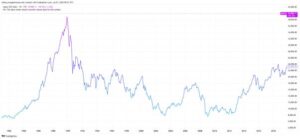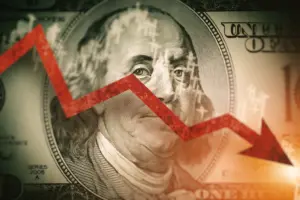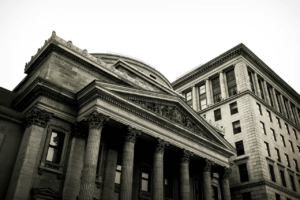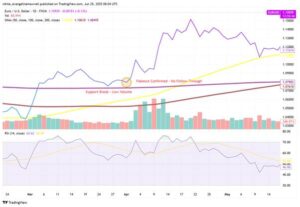On May 7, the Federal Reserve kept interest rates steady at a target range of 4.25% to 4.5%, citing rising risks to both inflation and employment. In his post-meeting press conference, Chair Jerome Powell emphasized that the central bank is in no rush to adjust policy and prefers to “wait and see” amid significant economic uncertainty.
Powell made it clear that the recent tariff hikes by the Trump administration, announced on April 2, were significantly larger than the Fed had anticipated. He warned that if these tariffs remain in place, they could delay the Fed’s progress on achieving its dual mandate — stable prices and maximum employment — for as long as a year.
He also ruled out any preemptive rate cuts, explaining that the Fed needs to wait for more data before taking further action. “We don’t know the right response yet,” he said.
Key takeaways from Powell’s remarks include:
-
No meeting with the president: Powell said he has never requested a meeting with Trump or any U.S. president and has no intention of doing so in the future.
-
No advice for lawmakers: On the question of fiscal policy and rising national debt, Powell declined to offer guidance, saying that’s the role of Congress.
-
No clear policy tilt between jobs and inflation yet: He said it's “too early to know” which side of the Fed’s mandate deserves more attention in the current context.
Powell also warned that sustained high tariffs could lead to a combination of rising inflation, slower growth, and increased unemployment. While some of these effects could be short-lived, the inflationary pressure might persist if supply disruptions continue.
Although markets widely expected no rate change, one sentence in the Fed’s post-meeting statement stood out: “The Committee judges that the risks of higher unemployment and higher inflation have risen.” That acknowledgment triggered a market response.
Following the statement, U.S. equities pulled back from session highs, gold gained, and Treasury yields remained stable. The 10-year yield hovered around 4.28%, indicating cautious optimism but underlying uncertainty.
In summary, the Fed remains cautious, signaling that future decisions will be based on economic data and tariff developments rather than political pressure. Investors are now looking to the upcoming economic reports and trade negotiations to better gauge the Fed’s next move.





